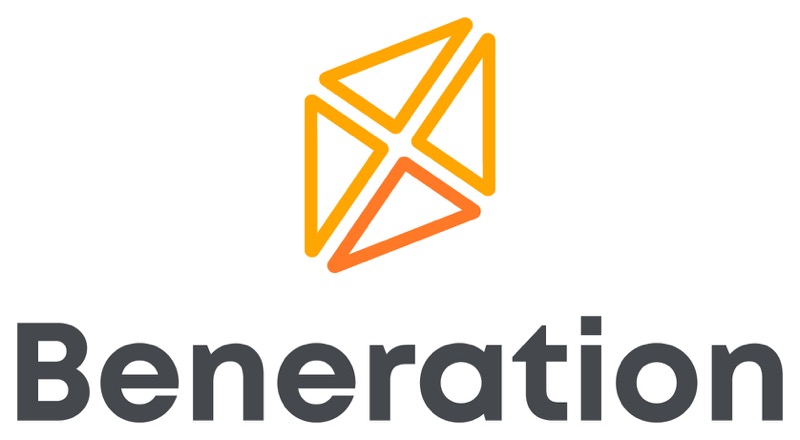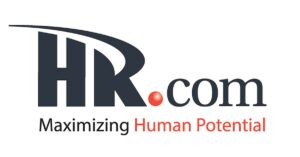In the world of employee benefits, self-billing is an important process that should be on every broker and employer’s radar. While brokers often have a lot of items to bring to their clients, self-billing shouldn’t be overlooked in the process. In fact, self-billing is beneficial to more than just the employer – it’s actually a win-win-win for brokers, carriers, and employers alike. So why should self-billing be a priority, and how does it benefit everyone involved?
What is Self-Billing?
Most employers already receive standard list bills, which are bills that an insurance carrier creates using whatever data is seeded into their system. This data might come from EDI feeds, integrations with benefits administration platforms, or manual entry through a carrier portal. The carrier takes this data and creates an invoice based on who is active and enrolled in what coverages.
Self-billing, on the other hand, is when an employer tells their insurance carrier exactly what coverages employees are enrolled in, the total benefit volume, multiplied by a premium amount, and then makes the payment for that total coverage. This would be the equivalent of reading your electric meter and sending that information with a check to your electric company.
What Do We Know About Self-Billing?
At Beneration, part of what we do every month is collect and summarize list bills (invoice consolidation) on behalf of our clients, turn them into data, allocate costs, audit the bills, and help clients pay them. The other part is creating our clients’ self-bills – and it’s a significant part of the process that benefits brokers, employers, and carriers alike.
But all of that to say, it’s also in the broker’s best interest to help their clients move to self-bills if it’s available. And they should be helping their clients understand exactly how to create them, which fortunately, isn’t that difficult.
How Does Self-Billing Benefit Brokers, Carriers, and Employers?
Less Data
So, why is self-billing good for everyone involved? For starters, carriers like self-billing because it eliminates the need for EDI feeds or integrations, simultaneously eliminating unnecessary data. This is especially pertinent to ancillary carriers. Unlike medical, dental, and vision, carriers don’t necessarily need every piece of data on coverages that aren’t frequently used, such as life insurance or disability. They can also cross-check payroll data to confirm enrollment when a claim is made. This makes self-billing a much cleaner way to process billing data.
Eliminate EDI and Integration Challenges
Self-billing eliminates any time spent waiting on EDI feeds or integrations to be built. Most of the time when you ask the carrier to put you into an EDI queue, it could be a few months due to the number of requests.
But why is self-billing so much easier than using EDI feeds? For starters, EDI feeds are a cost for everyone involved: the employer, the benadmin system, and the carrier. When it’s not necessary, it builds in a lot of delay. EDI feeds also require weekly reviews for errors, and they aren’t perfect. Errors can still leak into EDI feeds, especially if you’re not reviewing the transmission every week. With self-billing, you’ll review the bill against your own system of record before they are officially sent to the carrier.
If you’re using an integration and end up moving away from your benadmin system, that means tearing down the integration and rebuilding it elsewhere. This takes time and resources, and it’s not always necessary. Self-billing gives clients more control over their insurance coverage, and they can easily make changes as needed.
Simplified Billing Processes
Not using EDI feeds or integrations? Kuddos to you! But now let’s talk simplification. Perhaps the biggest benefit of self-billing is that it simplifies the billing process for everyone involved. With a list bill, there are many steps involved in the process, from feeding data into each carrier’s system to auditing and paying each invoice. This can be time-consuming and prone to errors. With self-billing, carriers don’t have to generate list bills, and employers don’t have to reconcile and pay based on those invoices.
More Billing Flexibility
Self-billing is a very flexible billing option, and clients or brokers themselves can initiate it. Clients can create it based on their schedule instead of waiting around for an invoice, and they have full control over the billing data. Changes to monthly self-bills can be easily made in real-time in a way that can’t be directly made in your system, and the bill can be reviewed to ensure that it matches what the client has as a system of record – instead of what the carrier has.
This gives clients more control over their insurance coverage, which can be especially valuable for employers who have complex coverage needs or frequently-changing enrollment.
Do I Need to Ask My Carrier About Self-Billing?
Generally, if you have more than 100 employees, your carrier will likely ask you about self-billing at initial implementation or renewal. Once groups are set up and moving, there’s not much work involved in reviewing accounts and switching to self-billing. However, if at any point you ask your carrier to switch to self-billing, they will be happy to do it. Self-billing is a preferred option for carriers, and businesses of any size can use it.
What If I Don't Want to Create Self-Bills?
Self-billing isn’t OVERLY complicated or time consuming, but it still requires somebody’s time and knowledge to sit down each month to look at the coverages, who’s enrolled, and actually calculate out premium amounts to put together an invoice.
We all hope that this could be handled by a benefits administration system – and sometimes it can be. But most fall short when it comes to creating flexible self-bills. That’s because not every self-bill and not every benefit is calculated in the same way with the same age bands and the same age reduction schedules, and some of them are split by classes – so sometimes it is difficult through user interfaces in a benefits administration system to create a great self-bill engine that works for you.
That’s when employers use Beneration to automate the self-bill creation process. The Self-Bill Compilation service will query enrollment data from their benadmin system each month and prepare all of the necessary self-bills, saving you time and ensuring accurate billing.
Learn More About Self-Billing
Visit The Benefits Influencer Podcast on “Why Self-Billing for Benefits is a Win-Win-Win” to listen to the original conversation about the benefits of self-billing.



